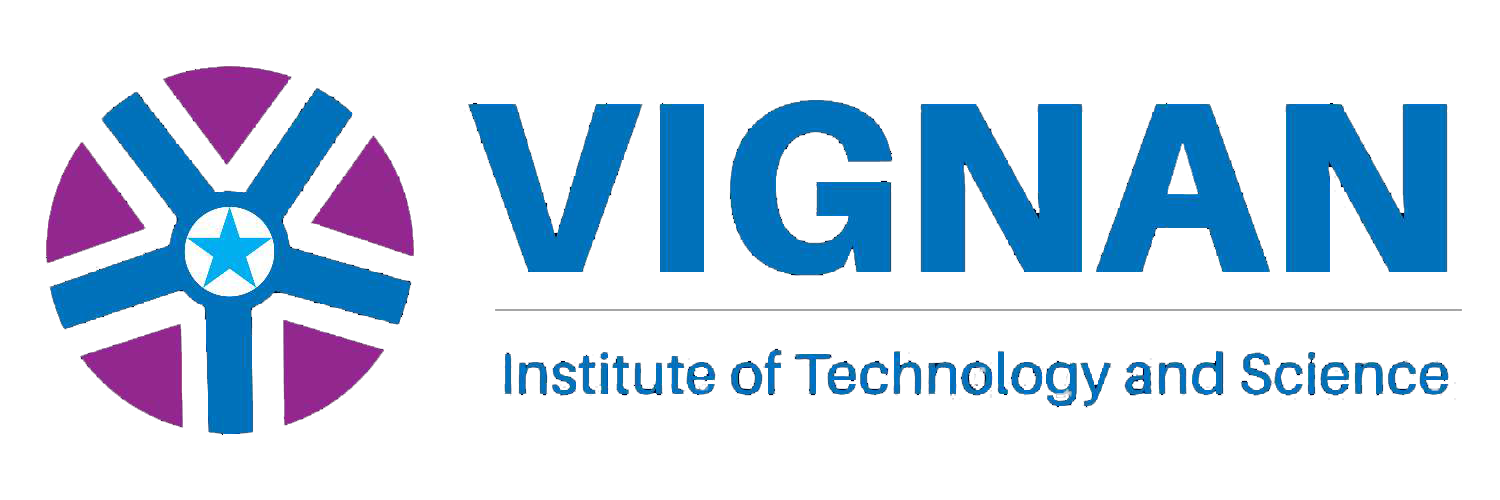Coders, irrespective of whether experienced or beginners, must constantly update themselves About the latest trends in the IT world. Learning and mastering programming languages can put you in the safe hands of finding yourself tremendous career growth.
CSE colleges in Hyderabad have understood the importance of coding languages and motivated students to excel in them. These programming languages are constantly deployed and used to develop software that runs the IT world, combining old and new tools. The article highlights the top 5 programming languages gaining popularity among techies in recent years.
Types of Programming languages:
- Procedural programming languages
- Object-oriented programming languages
- Logic programming languages
- Functional programming languages
- Scripting programming languages
Top picks of programming languages:
1. Python
The programming language that is a consistent game-changer in every techie’s life in Python. It is known for its speed, ease to use, approachable, and easy-to-deploy features in developing scalable web apps. Its OOP characteristics make it easy to create classes and objects and have extensive library support. It possesses the ability to scale the most complex applications and is ideal for building prototypes. Full-stack Python developers are in high demand in the IT industry, and most of the computer science colleges in Hyderabad offer to coach on this.
2. Java
The language that has ruled the IT industry for decades now and is used for building enterprise-scale web apps is Java. The language is widely common in developing Android App development. Hosting an abundance of open-source libraries, this programming language has automatic memory location and garbage collection. It follows the OOP paradigm and uses a stack allocation system. The JVM feature is the key highlight and is ideal for distributed computing. The language supports multithreading and is a typical course at CSE colleges in Hyderabad.
3. C/ C++
All the primary systems, such as operating and file systems, use C and C++ languages for writing codes. The language is best suitable for aspiring system-level programmers. It is speedy and stable and has a Standard Template Library (STL). Most compilers and libraries work with the language and support faster execution of programs than most programming languages. It offers a degree of portability that makes testing, debugging, and maintaining programs as easy as ever. Running in proximity to the system hardware provides a low level of abstraction. It is compatible with most app domains like GUI applications, games, and real-time mathematical simulations.
4. JavaScript
The language that operates interactive front-end applications is JavaScript. For example, JavaScript runs pop-up notifications that take you to the intended sites or screens. Making the website interface more user-friendly, it runs as the programming language of the web. It is highly versatile and has add-ons like Greasemonkey that extends its functionality. Providing a simple implementation process, it offers plenty of resources and extended community support. Thus, most of the computer science colleges in Hyderabad suggest their students take up a career in JavaScript.
5. Golang (Go)
The programming language designed by Google that provides an excellent platform for multithreading is called Golang or Go. It is a statically typed language with cleaner syntaxes. Offering a comprehensive standard library, it is ideal for building SPAs. In addition, it is swift and compiled to machine code that hosts smart documentation.
Conclusion
Choosing which programming language to pursue is solely dependent on your career goals. Learning a programming language and getting certified can set out a successful career path in the IT industry. Choose your CSE college in Hyderabad wisely to help motivate your career goals.

